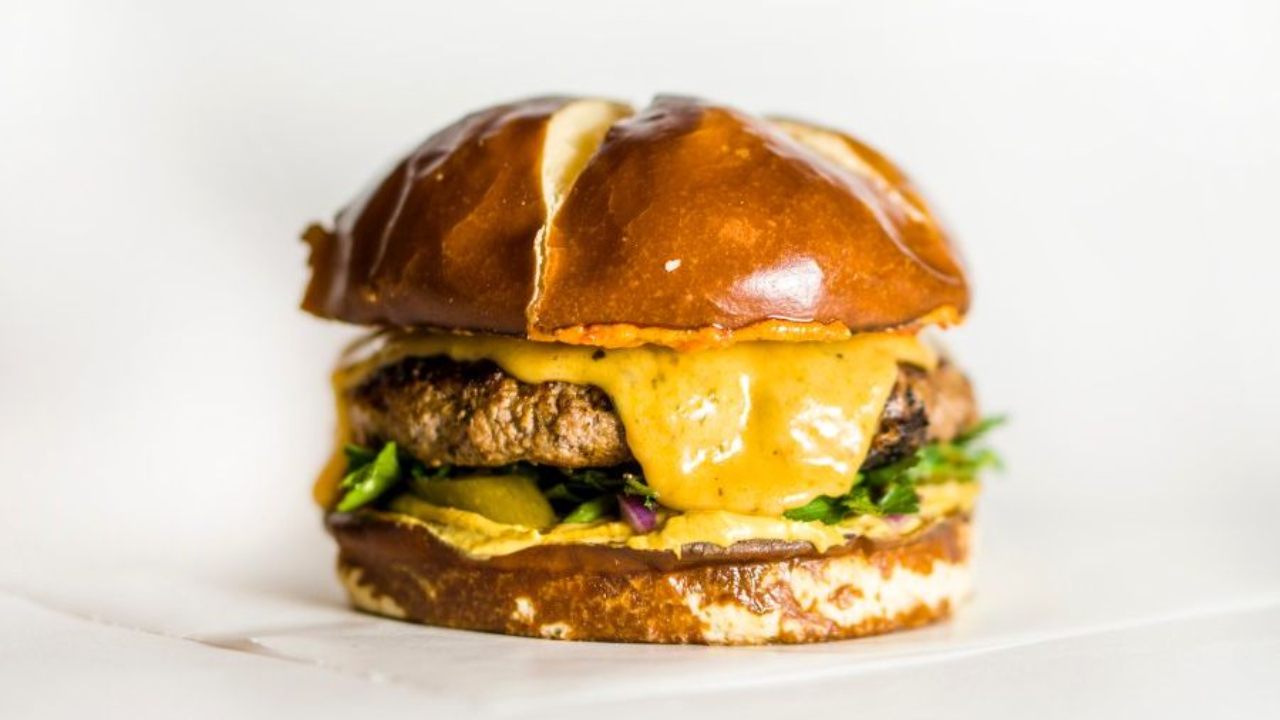Know Your Core Business
May 15, 2023
There’s a fast-food burger place a couple miles from my house. I don’t eat there except for the occasional 6:00 a.m. biscuit run when I’m headed out to do some fishing.
It’s at a major intersection, though, so I see it all the time.
A few weeks ago, I was sitting at the stoplight and I saw a banner, maybe six feet long, hanging on the side of the building.
The banner’s message? “Ice Bags for Sale”
At that moment, I had several thoughts:
- Was this mandated by the national headquarters? Perhaps someone, somewhere, said, “Hey, we already have ice. If we sell ice for $1.50/bag, we can make $1.20 a bag with virtually zero effort. It’s a no brainer!”
- Was this a local expression? Maybe customers had been coming in asking for ice bags, and the enterprising manager decided to monetize the request. “If customers know they can get ice here quickly, they’ll come here for that instead of going to the grocery story in the strip mall behind us.”
- Was this a marketing gag?
But then I had my main thought: That place is never going to make it if it has to sell ice on the side. Something is very wrong with their core business model.
The Problem
The main problem here is the lack of awareness around what they really do.
The reason that’s dangerous is that if you don’t know what you do, then you’ll chase after anything.
The great preacher Charles Spurgeon once said, “Learn to say ‘no.’ It will be of more use to you than to be able to read Latin.”
This burger place couldn’t say no.
Think about it. That day it was 20 degrees outside (literally), and this was a burger joint selling bags of ice. Yes, they were making $1.00 or even $1.40/bag with almost no effort. But how many bags of ice do you think they were selling in a day? Five? Maybe 20 on a good day? Maybe 50 on Memorial Day Saturday as families headed out for a camping weekend?
So, at best, they were making a couple hundred dollars a month, and it was at the cost of trust in their own product. That cost may be intangible, but it is huge. It’s a cost you pay over and over again down the road as employees lose focus on excellence and customers lose respect for the product.
Steve Jobs said it this way.
This burger joint clearly didn’t have strength around its burgers because instead of taking a risk on its burgers, it reached outside of its core business.
The time to reach outside of your core business is when your core business is doing really well. It was after Netflix mastered digital streaming that it began to produce its own content. It was after YouTube mastered online video that it reached into live television. It was after Wal-Mart mastered retail that it moved into grocery.
The Solution
The solution should be obvious. Go back to your core offering. Take risks there.
Is your audience thrilled with your current offering? If not, get better at your current offering rather than chase another fickle audience.
Seth Godin writes about having a “minimal viable audience.” Focus on the few, he says, and avoid the uninvolved and the average.
If your audience likes burgers, make sure you’re giving them phenomenal burgers. Challenge employees to be creative in the realm of burgers and offer amazing customer service around the burger.
If you’re an e-commerce company, don’t try to sell everything. Amazon started with books and killed it in that market. It was 2001 and college students realized they could save hundreds of dollars by buying books online instead of walking into the campus bookstore. The selection was phenomenal, the price was good, and the delivery was seamless. But the core business was books.
Then, Amazon moved on and eventually shifted their offering to e-retail altogether.
If your company is in a tight spot, and you’re considering strategy for the next quarter or the next quarter century, be wary of the silver bullet. Strategy goes hand in hand with offering (and audience), so start there.
Don’t be reactive and sell bags of ice. Be proactive and excel at what you do.
And I'm not always proved right but on this one I was. It wasn't too long after they were selling ice bags that the spot went out of business. Now it's just an empty fast food spot ready for someone to purchase and remodel the building. Grills and fryers are detached from the wall. Surely there's an industrial size ice maker in there somewhere, too.
Want to receive Steve's articles in your inbox?
Subscribe here.
We will never sell your information, for any reason.

